Just the mention of the word ‘exfoliate’ and you’re likely transported into the steamy confines of your shower many moons ago. A relentlessly abrasive face scrub in hand and some serious barrier damage impending.
Today’s cohort of chemical exfoliators are much more gentle and clever—letting us remove that pesky build up of dead skin without total excavation.
But that doesn’t mean exfoliating doesn’t still require a careful hand. Like any great product: With great skincare comes great responsibility.
What Is Exfoliation?
Exfoliation is the process of removing dead skin build up from the surface layer of your skin, also known as the epidermis. Without consistent exfoliation, dead skin cells can build up on your skin, causing dullness, dehydration, and your skincare not to work as well.
Our skin naturally sheds dead skin every 30 days or so. Any lingering cells left on the skin’s surface will lead to dryness, flakiness, and clogged pores. Exfoliation helps to remove this buildup to reveal the fresh, new skin underneath. There’s two varieties to choose from: physical and chemical exfoliators.
Physical exfoliators manually remove dead skin cells from the skin's surface. By scrubbing your skin with gritty particles, you slough away dead skin cells from the skin surface. It’s definitely satisfying to teach stubborn texture and build up a lesson with a good scrub, but physical exfoliation tends to cause micro tears and irritation so we personally steer clear.
Chemical exfoliators work a little differently. The acids and active ingredients in chemical exfoliators work by dissolving the bonds between the dead skin cells, rather than targeting the dead skin itself. By breaking down the sugars in the bonds, the dead skin loosens and sloughs off—shedding more easily and often. We like chemical exfoliation best as it tends to be most gentle (nice!) and most effective (double nice!).
Often considered superior to physical exfoliation, chemical exfoliators tend to be gentler and more effective approach to removing dead skin cells. While physical exfoliants like scrubs can cause micro-tears and irritation, especially on sensitive skin, chemical exfoliants utilise acids to dissolve the bonds between dead skin cells, leading to a smoother, brighter complexion with less risk of damage.
Why Exfoliate?
Exfoliating works to remove dead skin cells—which helps your skin in four ways:
-
Banish dullness.
-
Remove texture.
-
Clear pores.
-
Make sure your skincare can actually penetrate the skin.
How Often Should You Exfoliate?
It’s best to start exfoliating low and slow, so your skin can adjust to these new ingredients and limit the risk of a freak out. Start with once or twice a week and slowly pick up your pace.
Three to four times a week (on alternate nights to your vitamin A) is best. But everyone’s skin is different and some skin types might be able to withstand more, and some might need less.
But! When using an exfoliator (chemical or physical), you do run the risk of over-exfoliating. That’s when your too regular exfoliation disrupts your skin barrier by removing healthy skin cells as well. Keep an eye out for redness, increased sensitivity, dryness, flaking, itching, and tightness. In some cases, over-exfoliation can also lead to breakouts and blemishes
Choosing The Right Exfoliator
The right exfoliator can do wonders for glowy, smooth skin. The wrong exfoliator can do the opposite: Stripping, aggravating, and seriously pissing off your skin. So it’s important to find a formula suited to your skin concerns. Best of all: we have a blog for that.
TLDR; here’s the gist on our exfoliating toners.
Gentle Exfoliator is made with 5% lactic acid (AHA) and 4% gluconolactone (PHA) to gently remove buildup and impurities for all-round glow. Perfect for sensitive skin, and anyone prone to irritation.
Clarifying Exfoliator is made with 2% salicylic acid to clear congestion and minimise the appearance of pores. Perfect for particularly oily skin types or shiny teen faces, and adults experiencing breakouts too.
Glow Exfoliator is made with 5% glycolic acid and 3% mandelic acid (AHA) to help soften fine lines and improve skin tone and texture. Mature faces, or skin needing deep exfoliation, might reach for this one.
Exfoliating Swipeys is made with lactic acid and aloe to gently exfoliate the skin whilst hydrating. The very useful presoaked pad makes exfoliating simple; one side of the pad is slightly roughed up to make sure you’re more thoroughly removing any dirt and grime that might be hiding in your pores. Dry skin might reach for this one.
How To Exfoliate
-
Start slow. Much like Benson Boone on a playlist, less really is more when it comes to exfoliators. It’s always best to start low and slow so you don’t freak your skin out.
-
Use correctly. After cleansing, apply exfoliating toner by lightly soaking a cotton pad and sweeping across the face, avoiding the under-eye area. We don’t recommend rinsing. Then, follow on with serums, oils, creams, etc..
-
Watch out for the sun. Exfoliators with alpha hydroxy acid (AHA) increase your skin’s sensitivity to the sun. That means: Using SPF every day.
-
Mix mindfully. Not all of the ingredients in your exfoliators play nice with others. We recommend skin cycling to avoid mixing active ingredients and to protect your skin from damage.
Common Exfoliation Mistakes
We don’t doubt you’ll be an exfoliating whizz in no time with the help of this guide. But there’s a few things to remember to keep an eye out to make sure you’re not damaging the cute skin of yours.
-
Over-exfoliating. Exfoliators are a Goldilocks-type of skincare product. Meaning: they have to be used just right for the best results. When you overuse your exfoliators, you end up removing the skin’s surface layer, causing redness, dryness, irritation, and increased sensitivity. Maybe even breakouts or tight, waxy appearance in some cases.
-
SPF. The caveat of having gloriously glowy, exfoliated skin is that you must (!) use SPF. Every day. Which you should be doing already but exfoliators make your skin even more sensitive to the sun so it becomes even more important.
-
Using physical and chemical exfoliants together. Double the exfoliants does not mean double the glow. Layering physical (scrubs, brushes) and chemical (AHAs, BHAs) exfoliants can seriously irritate your skin barrier. Unless you’re a seasoned pro and know exactly what your skin can handle, stick to one at a time.
Exfoliation By Skin Type
Here’s how to tailor your exfoliation routine based on your skin type:
Oily Skin: You can handle more frequent exfoliation—two to three times a week is usually fine. BHAs like salicylic acid are great for decongesting pores and keeping excess oil in check.
Dry Skin: Go gently, and less often. Once or twice a week with a mild AHA is usually enough.
Combination Skin: You might need to treat different areas differently. Try exfoliating one to two times a week with an oily-balancing formula and tweak as needed depending on how your skin’s behaving.
Sensitive Skin: Tread lightly. Exfoliate no more than once a week with ultra-gentle options (like PHA or lactic acid). Patch test, and always moisturise after.
The Golden Rule
Less is more. Consistent, gentle exfoliation beats aggressive scrubbing Every Single Time. Give your skin time to renew, and don’t, ever, forget your SPF.

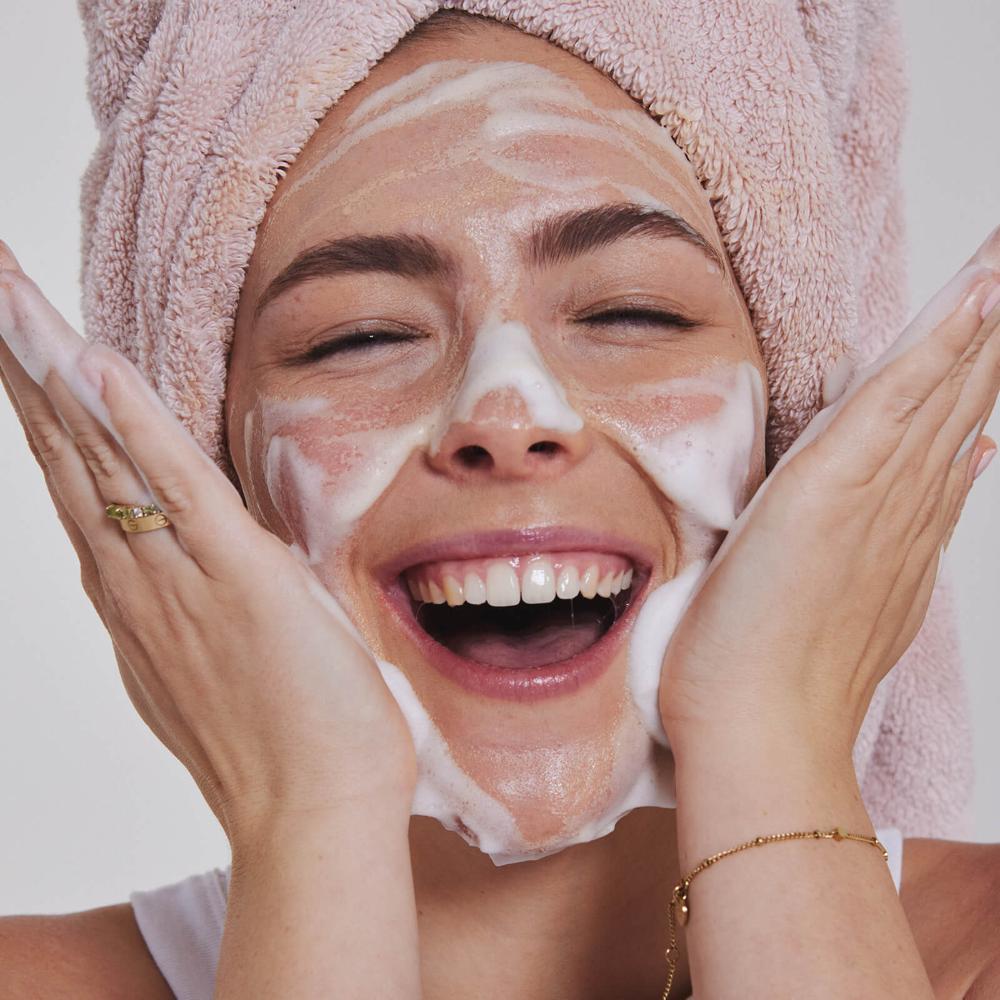
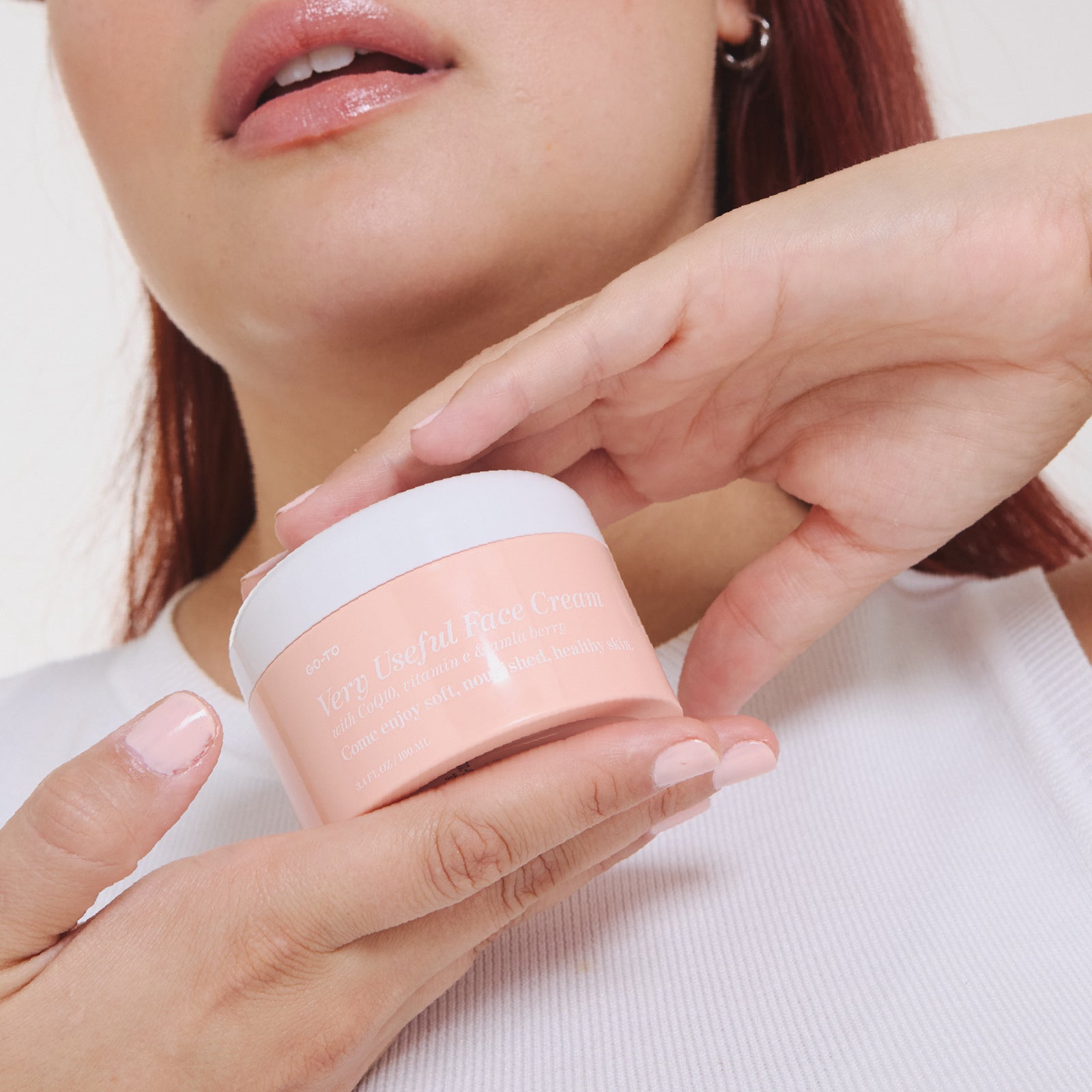

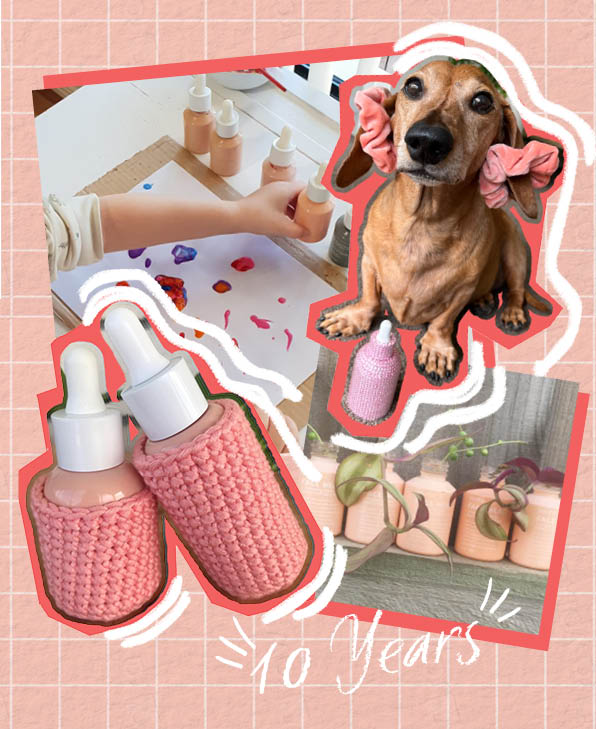
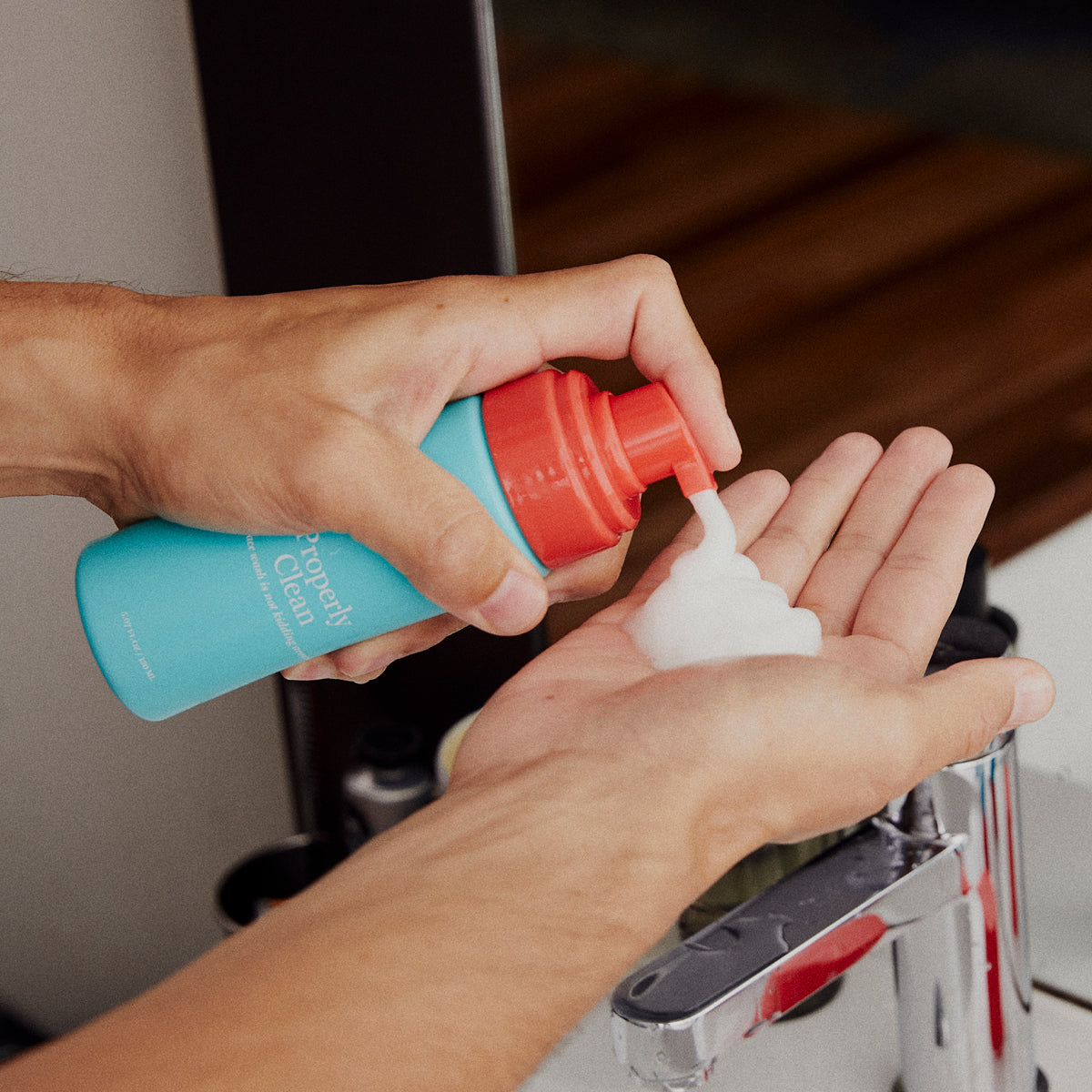
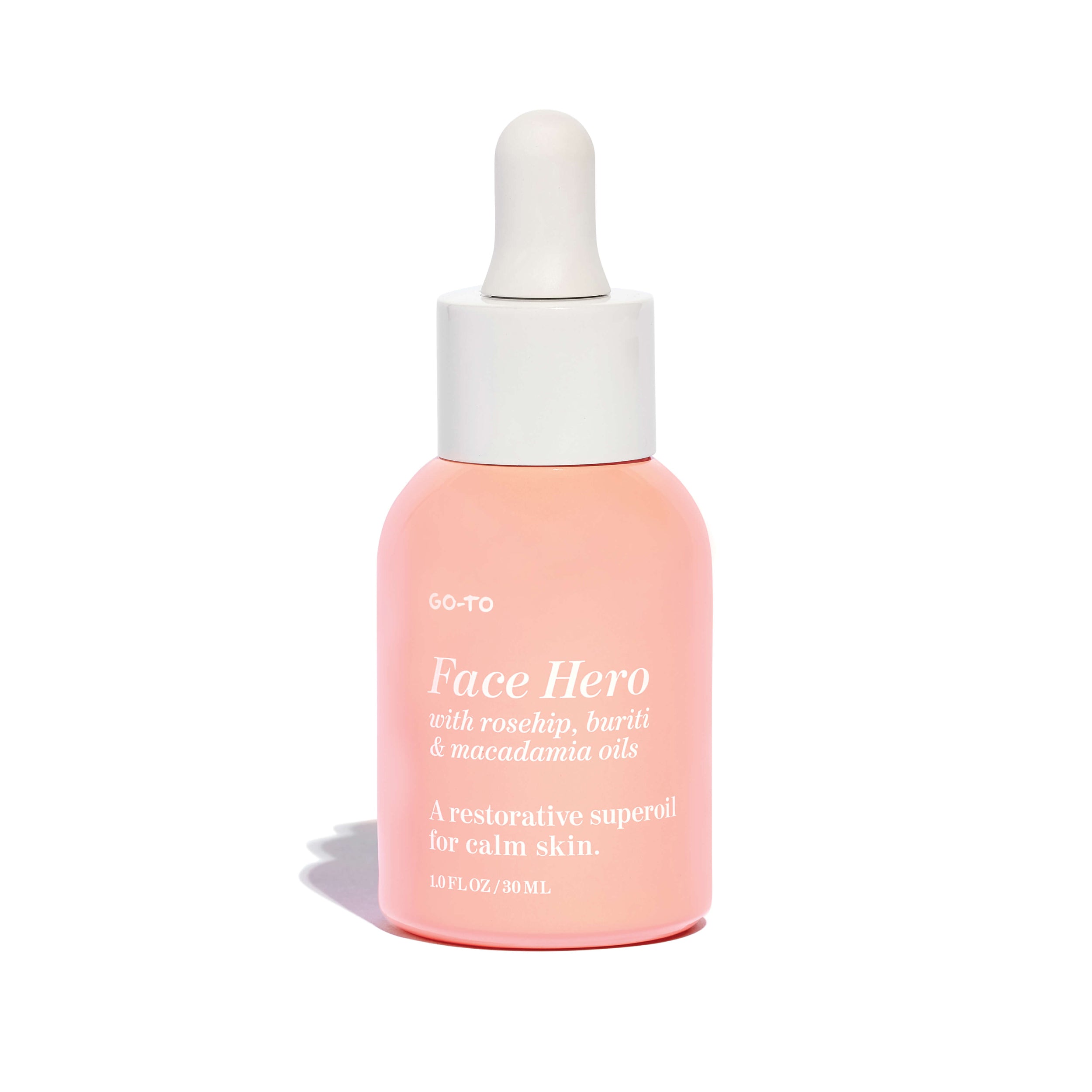
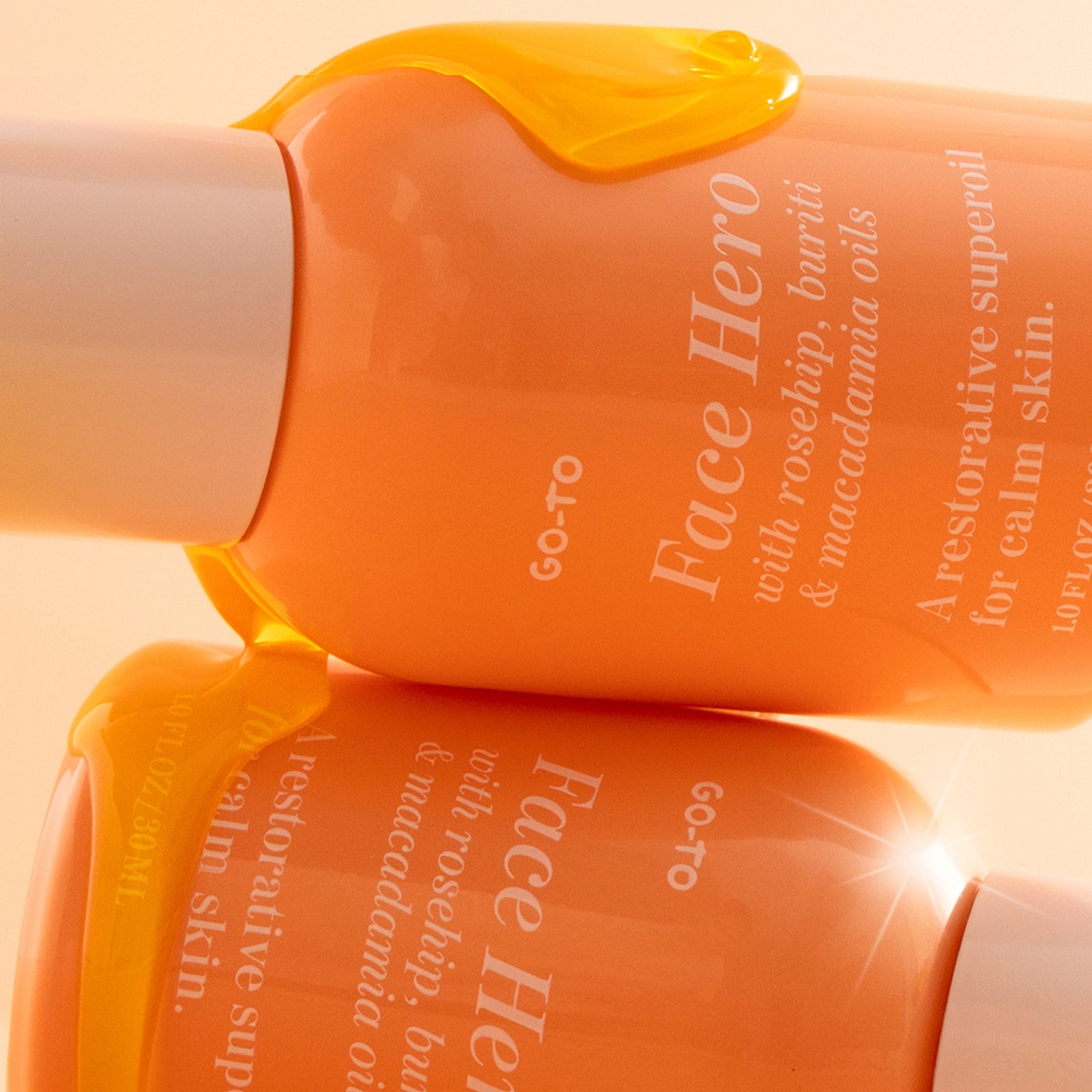
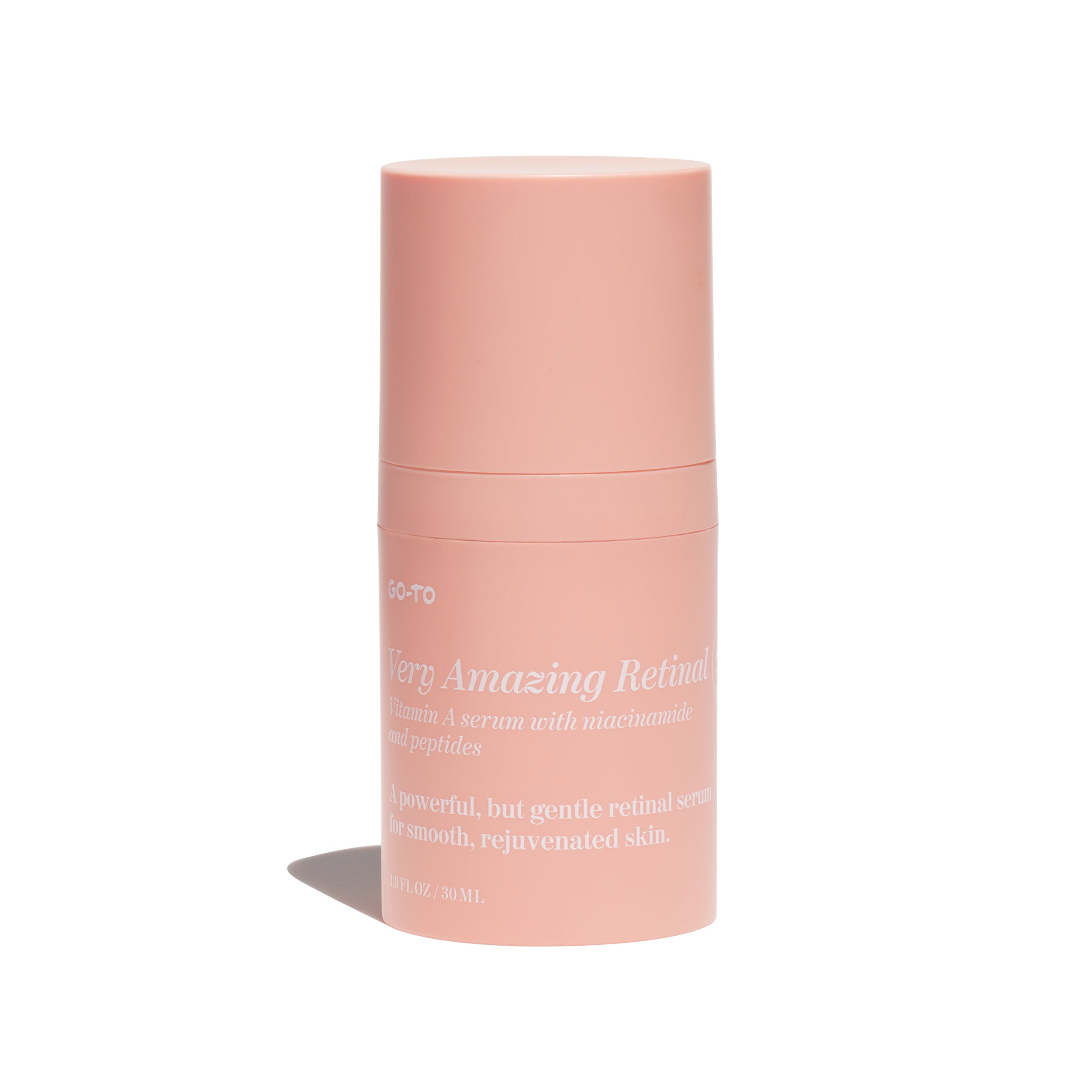


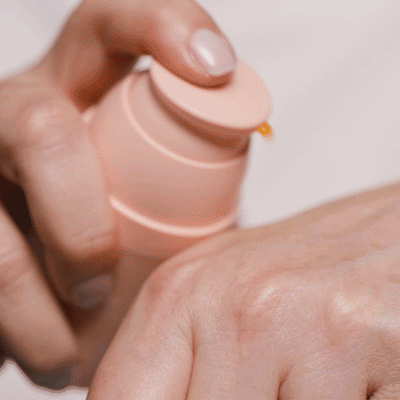


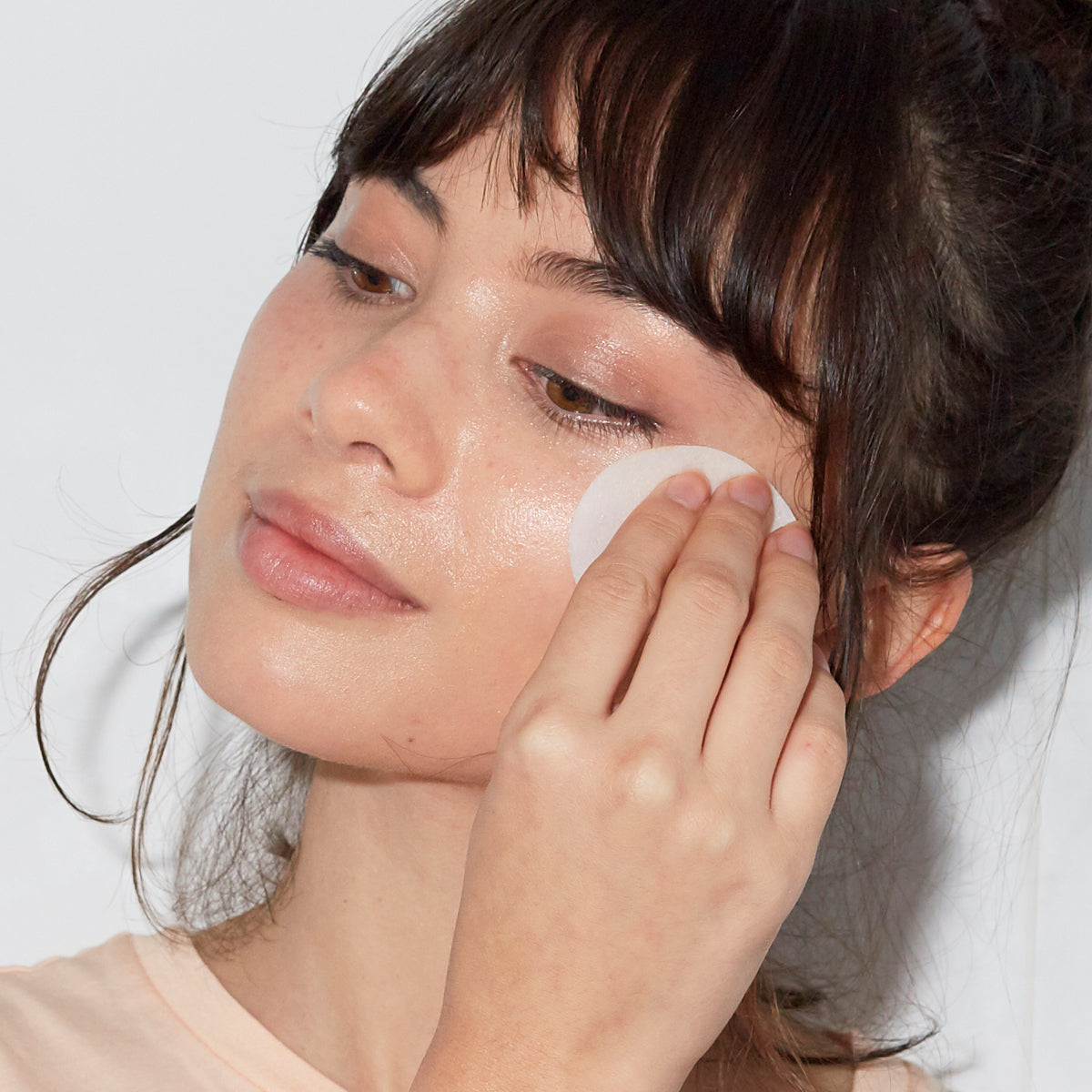
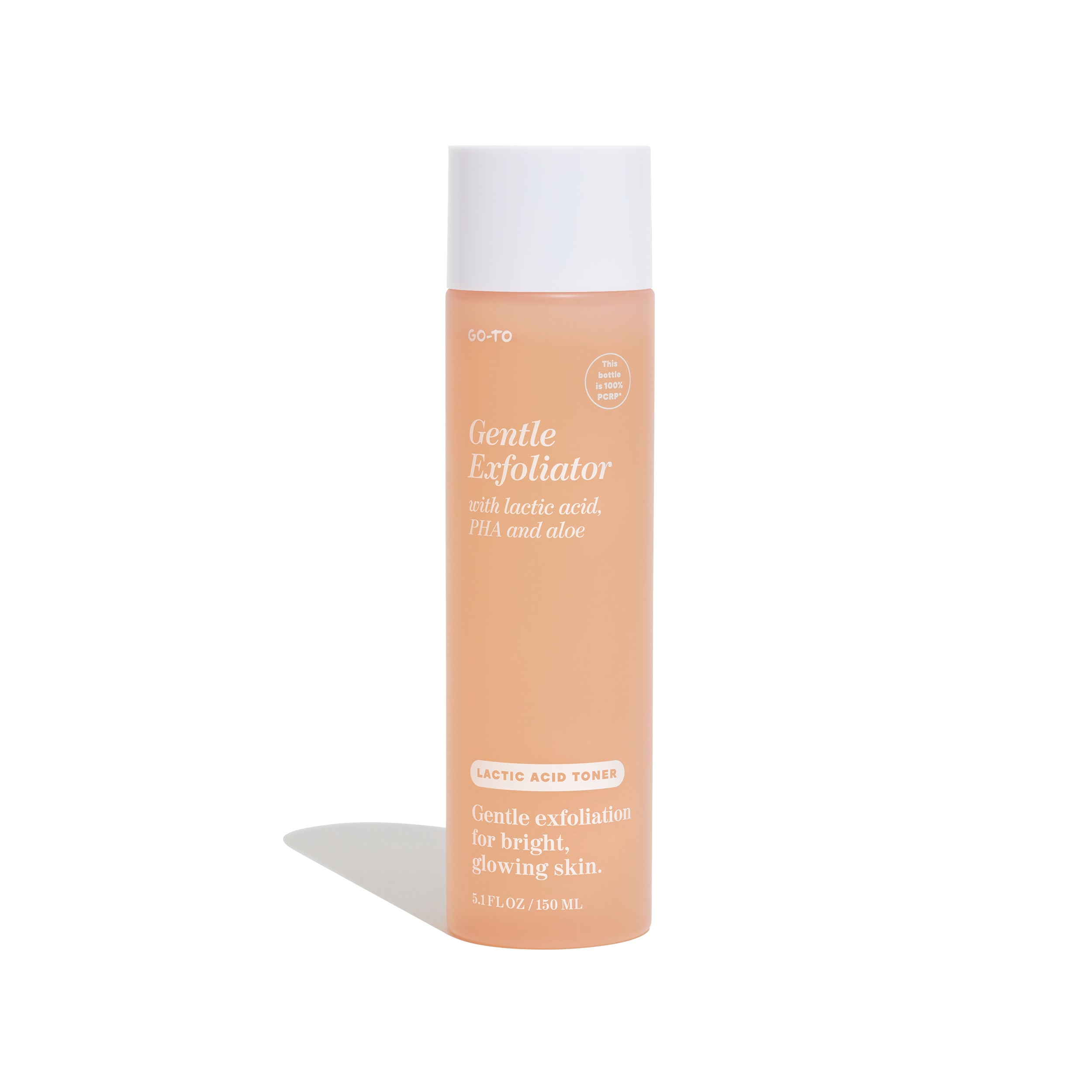
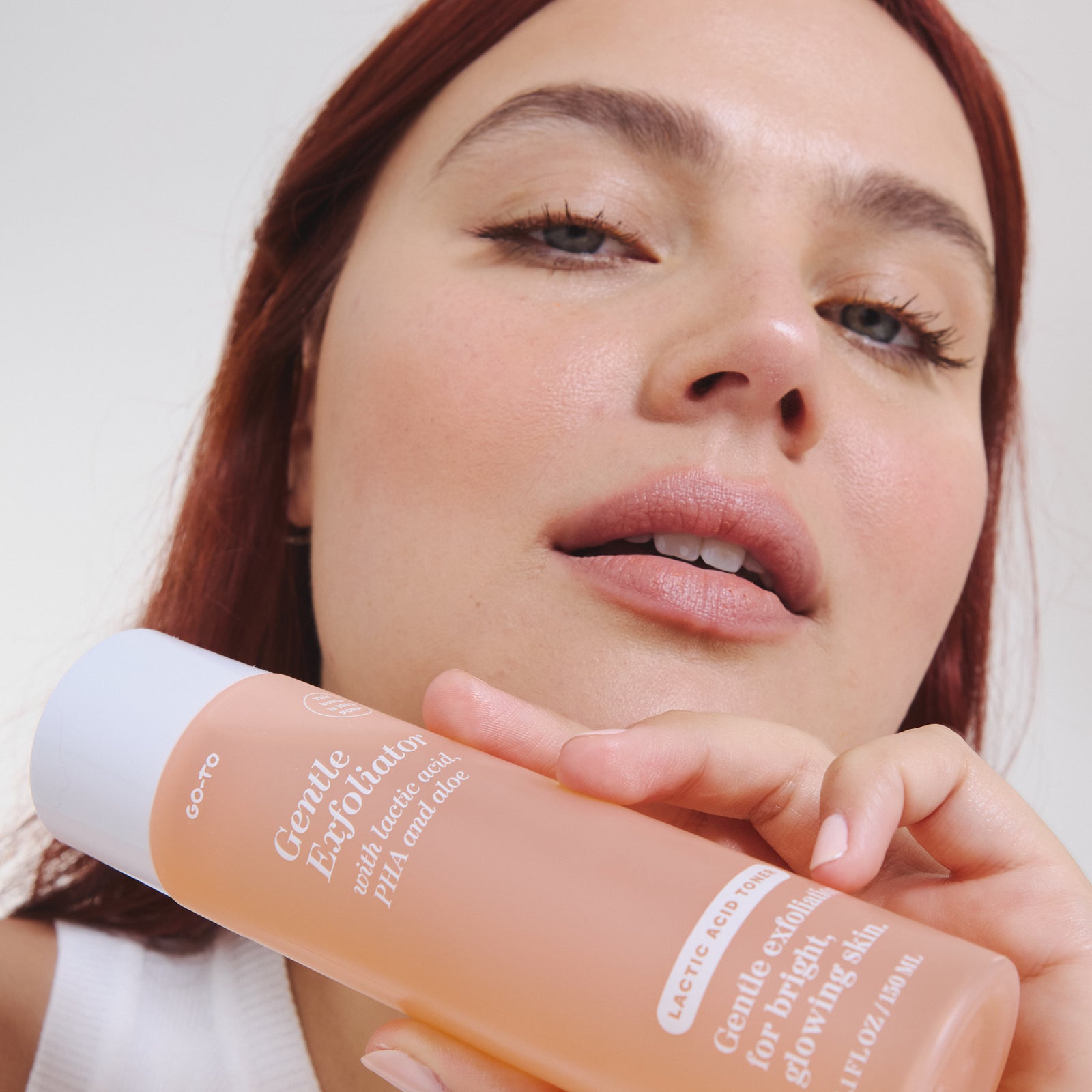
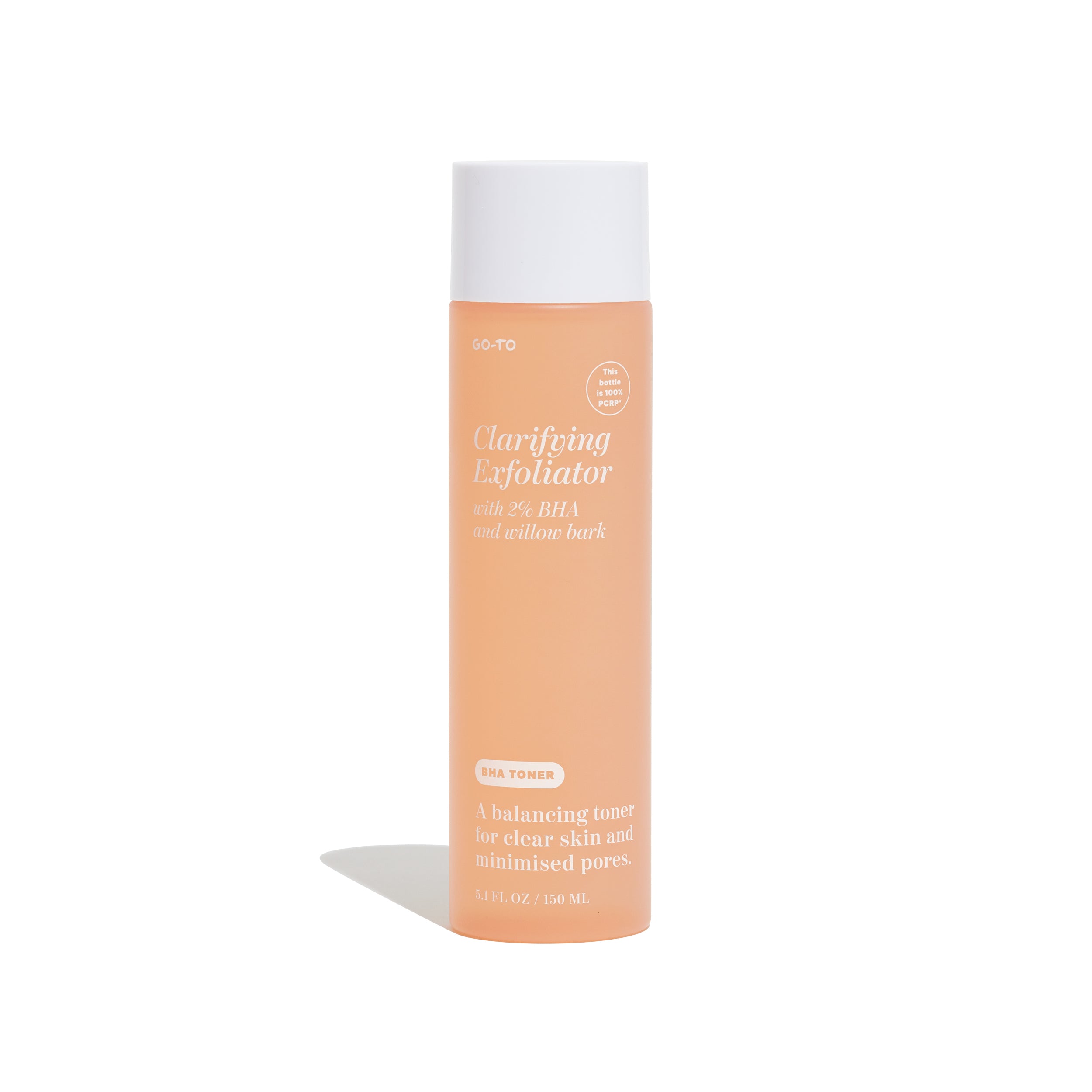
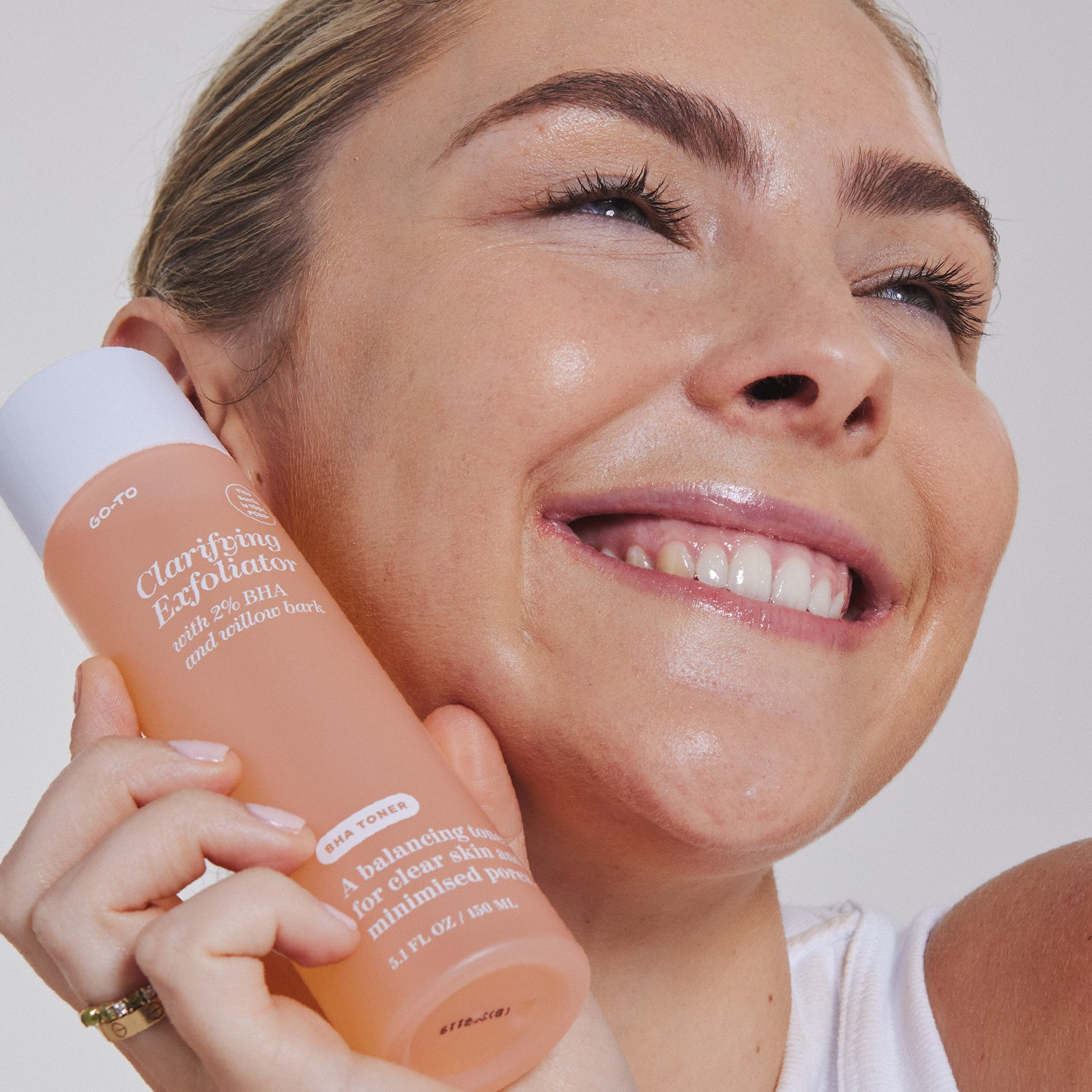
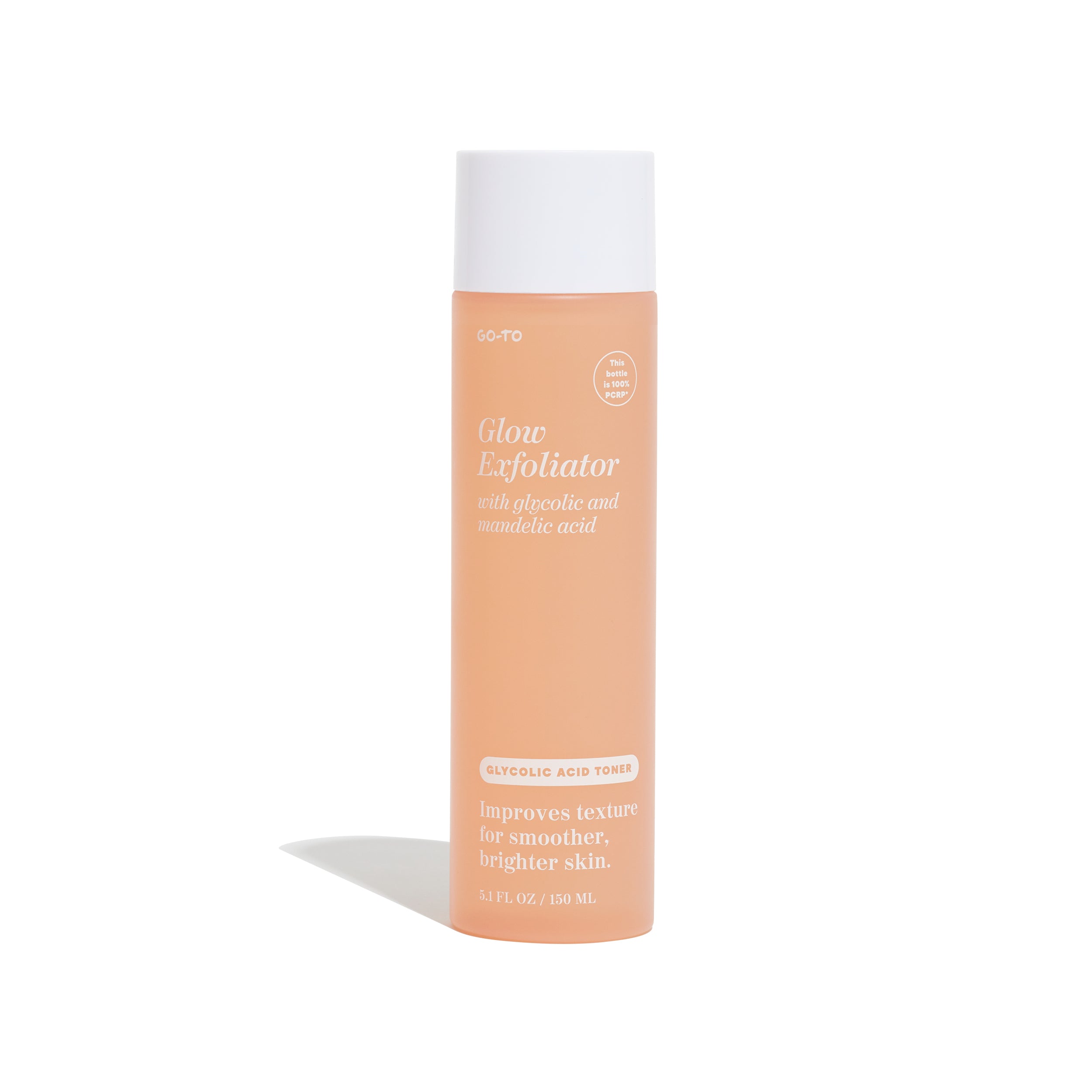
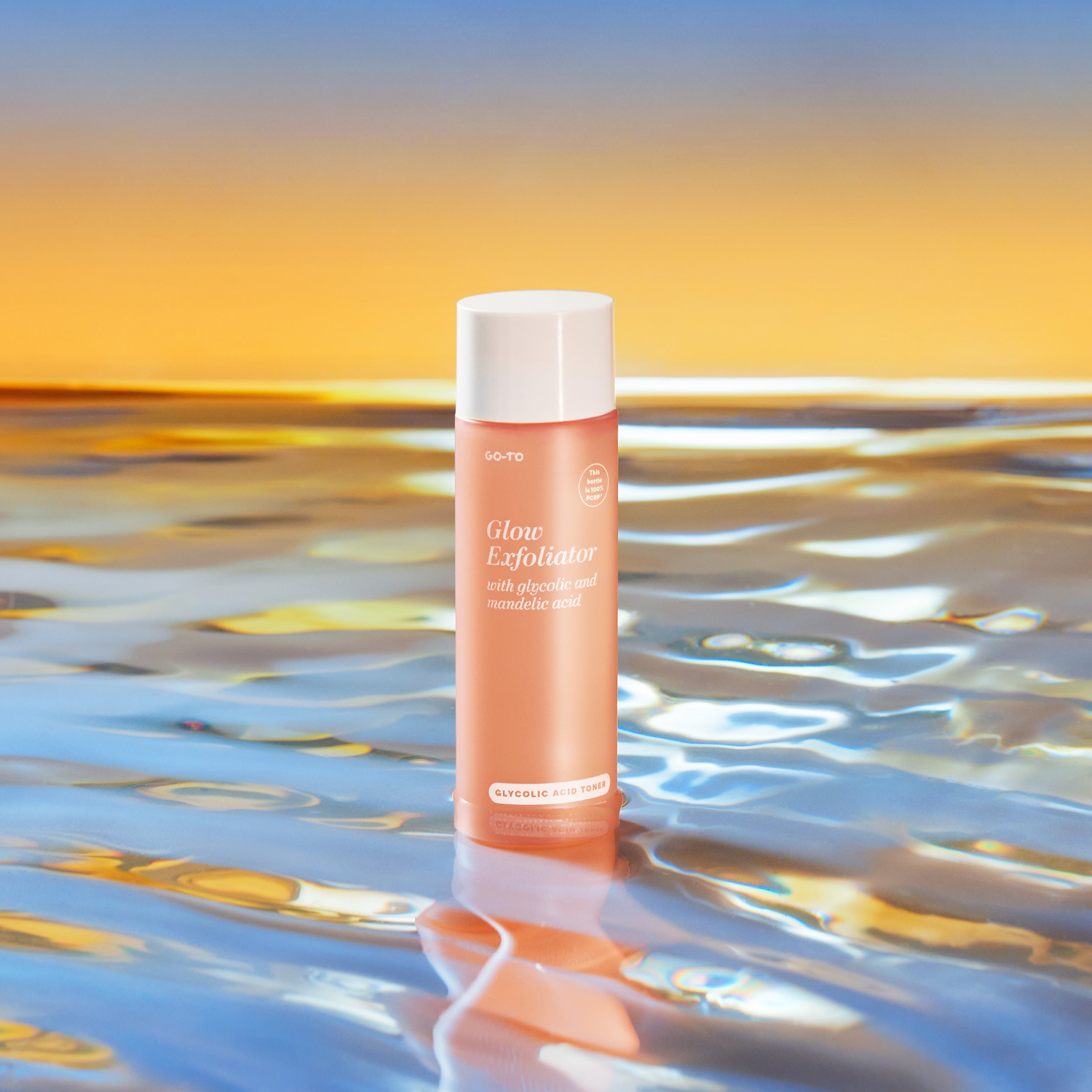
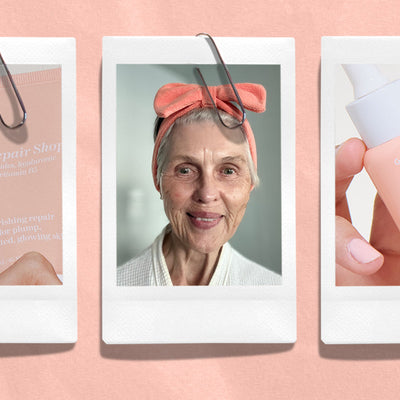
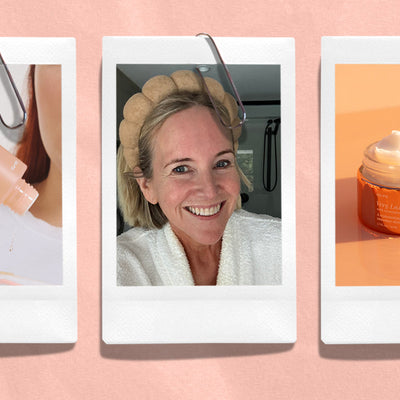
Comments